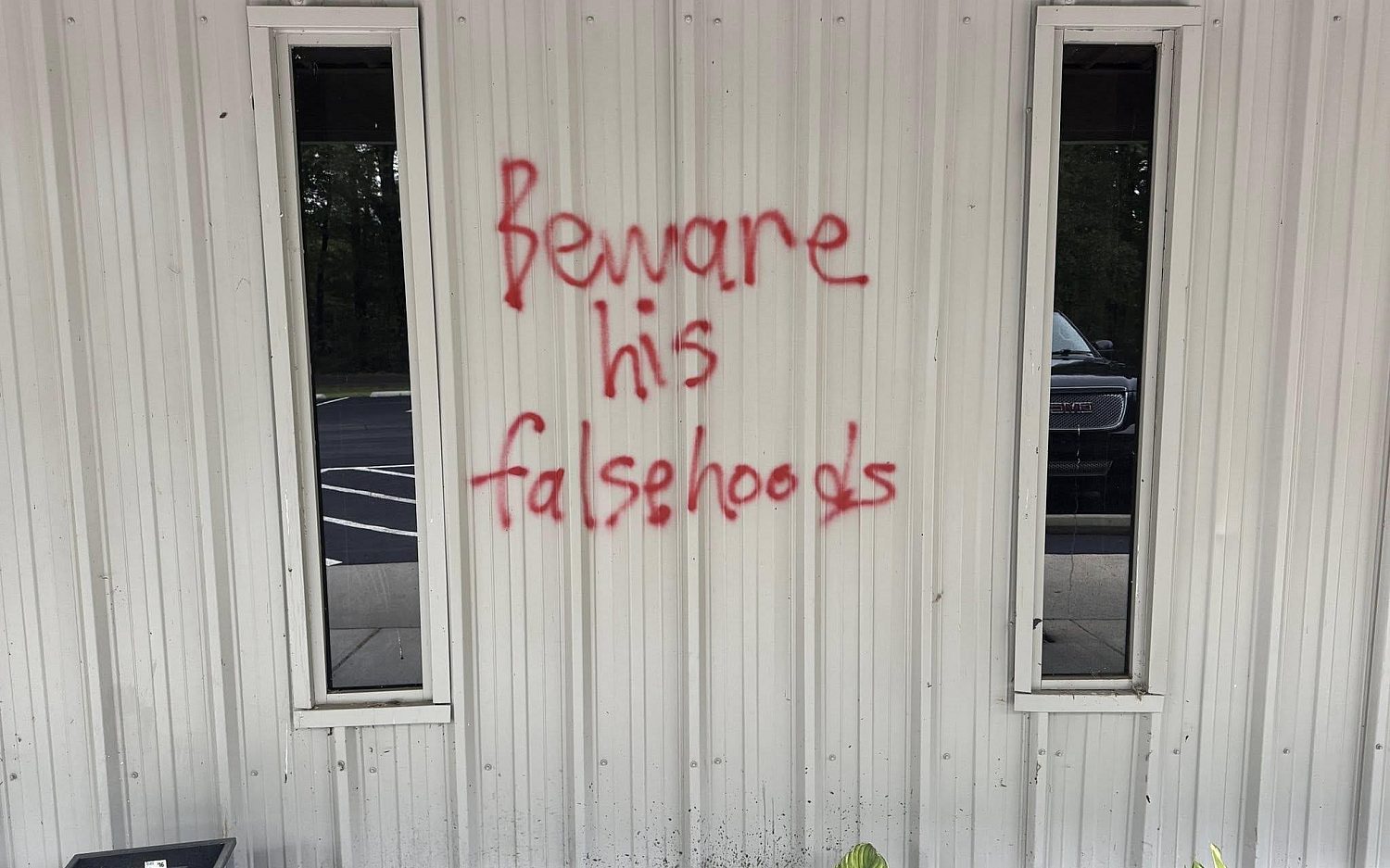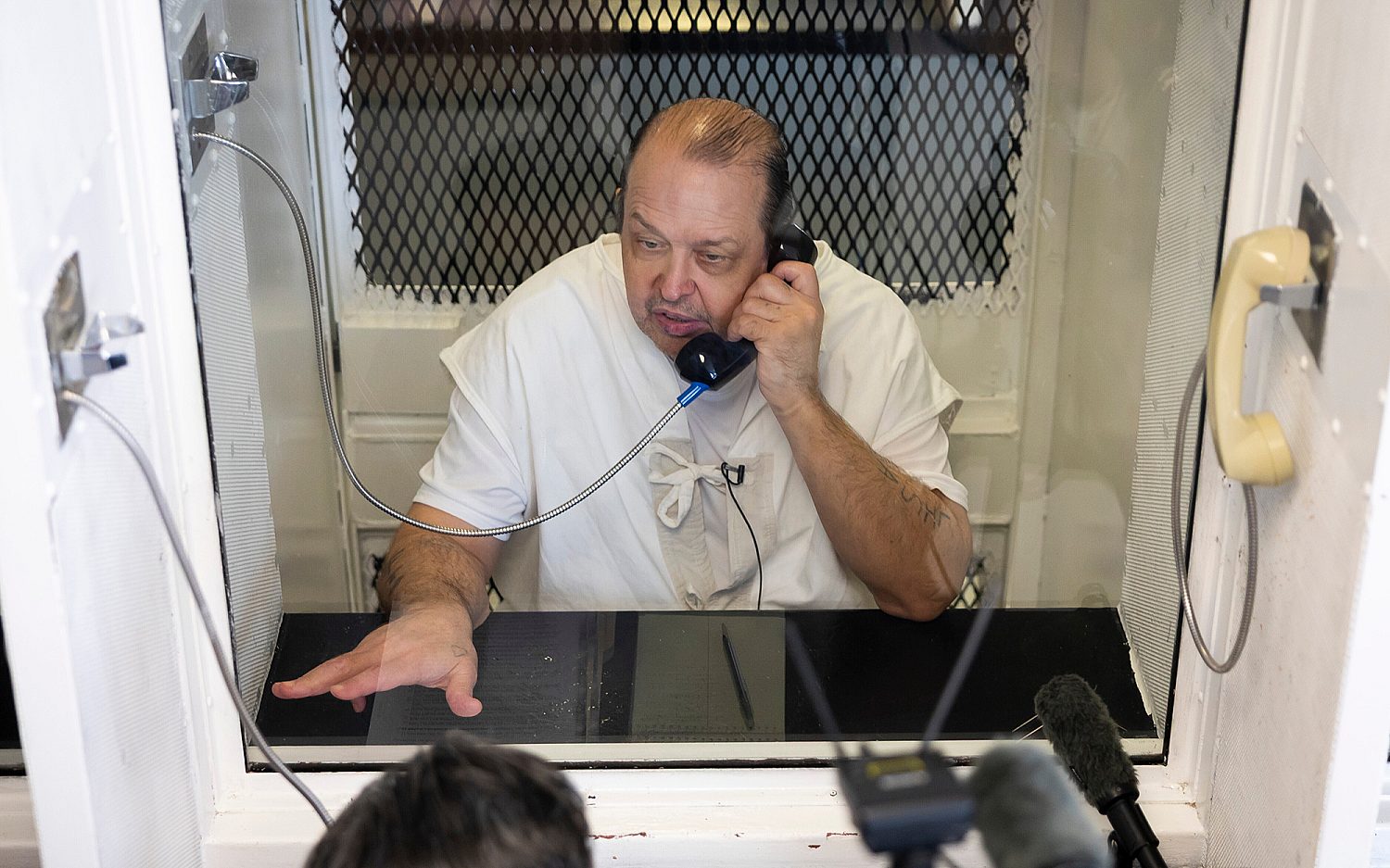Ireland investigates death of 800 babies at home for unwed mothers
Ireland's government launched an investigation Tuesday into the high mortality rates and mistreatment of babies who died decades ago in homes for unmarried mothers, plunging the country into a painful examination of the past.
The investigation followed last week’s revelation that hundreds of children died at a former “mother and baby” home run by the Congregation of the Bon Secours Sisters in western Ireland. Historian Catherine Corless found records showing that 796 children, mostly infants, died in the home in Tuam, which operated from 1925 until 1961. Corless said the child death records suggest that a former septic tank filled with bones is the final resting place for most, if not all, the children.
Charlie Flanagan, minister for children and youth affairs, called the discovery “deeply disturbing” and announced June 4 a “cross-departmental initiative” to determine the appropriate course of action. Archbishop Michael Neary, head of the Tuam archdiocese, welcomed the investigation and promised a memorial service and plaque for the children as well as re-interment of their remains on consecrated ground. He also said the Sisters have a moral imperative to “act upon their responsibilities in the interests of the common good.” On June 8, Dublin Archbishop Diarmuid Martin also called for a country-wide investigation into the homes.
Ireland had about 10 mother and baby homes run by different orders until the 1960s. Typically, the women’s families and wider society shamed and rejected them because of their out-of-wedlock pregnancies. Babies born inside the institutions were denied baptism and, if they died from the illness and disease rife in such facilities, also denied a Christian burial. Throughout Ireland in the first half of the 20th century, church-run orphanages and workhouses often buried their dead in unmarked graves and unconsecrated ground.
Amid the outcry, Prime Minister Enda Kenny promised an extensive inquiry into the homes and acknowledged that for decades, children born out of wedlock were treated as “an inferior subspecies.”
“This was Ireland of the 20s to the 60s—an Ireland that might be portrayed as a glorious and brilliant past, but in its shadows contained all of these personal cases, where people felt ashamed, felt different, were suppressed, dominated,” he said. “And obviously the question of the treatment in the mother and babies homes is a central part of that.”
The inquiry, which will include one Protestant-run home, will examine high mortality rates, burial practices, illegal adoptions, and whether vaccine trials were conducted on the children. Kenny’s government already authorized police and government record-trawling efforts into the Tuam home.
In 2011, journalist Martin Sixsmith wrote The Lost Child of Philomena Lee, later made into the Oscar-nominated film Philomena, detailing a woman’s 50-year search for her son. As a teenager pregnant out-of-wedlock, Lee gave birth to her son in a convent. He was taken from her 3 years later and adopted by an American family. According to Sixsmith, babies born in the homes frequently went to the United States in exchange for “donations.”
“The mothers were told they were moral degenerates,” Sixsmith wrote after the Tuam discovery. “The nuns said they would burn in hell if they spoke to anyone about their children or what had been done to them. That sense of guilt and shame remained with the girls for life.”
Death records in County Galway, which includes Tuam, showed that the children, mostly babies and toddlers, died often of sickness, disease, deformities, and premature births in the home during the 36 years it operated. A 1944 government inspection recorded evidence of malnutrition among some of the 271 children then living alongside 61 unwed mothers. Elderly locals recalled that the children attended a local school—but were segregated from other pupils—until they were adopted or placed, around age 7 or 8, into church-run industrial schools that featured unpaid labor and abuse. The building, which had previously been a workhouse for homeless adults, was torn down decades ago to make way for new houses.
Records indicate that the former Tuam workhouse’s septic tank was converted specifically to serve as the body disposal site for the orphanage. Locals discovered the bone repository in 1975 when two boys broke away the tank’s cement cover.
The inquiry follows four other fact-finding investigations in Ireland, including examinations of the cover-up of child abuse inside industrial schools and by priests in Dublin, Cork, and the southeast county of Wexford.
Tanya Ward, chief executive of the Children’s Rights Alliance, said a commission must be granted full power to compel witnesses to produce evidence and supply documents. “Uncovering the dark history of how we treated unmarried mothers and their children is vital for us to truly acknowledge and understand our past,” she said in a statement. “This is the missing piece of the jigsaw.”
The Associated Press contributed to this report.
An actual newsletter worth subscribing to instead of just a collection of links. —Adam
Sign up to receive The Sift email newsletter each weekday morning for the latest headlines from WORLD’s breaking news team.




Please wait while we load the latest comments...
Comments
Please register, subscribe, or log in to comment on this article.